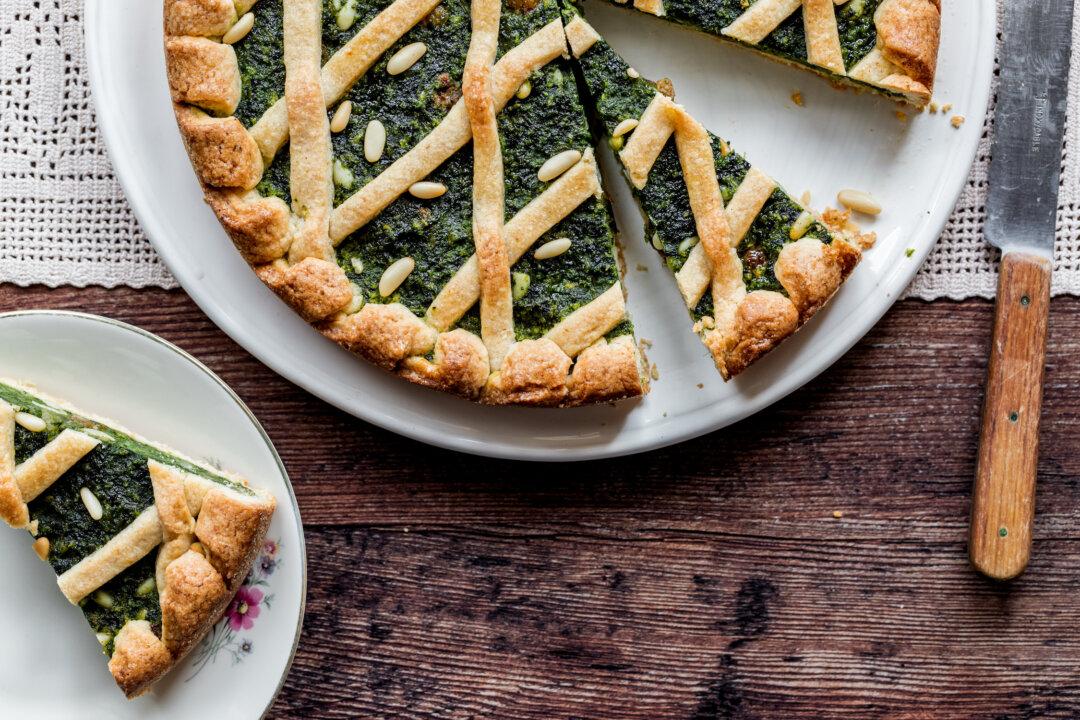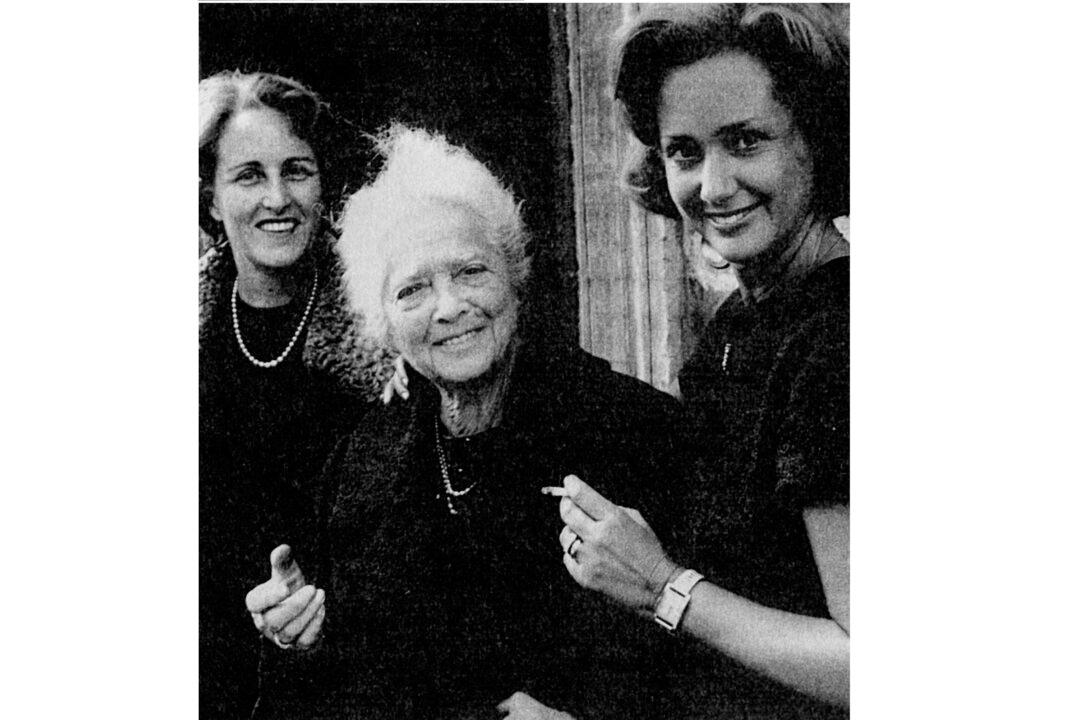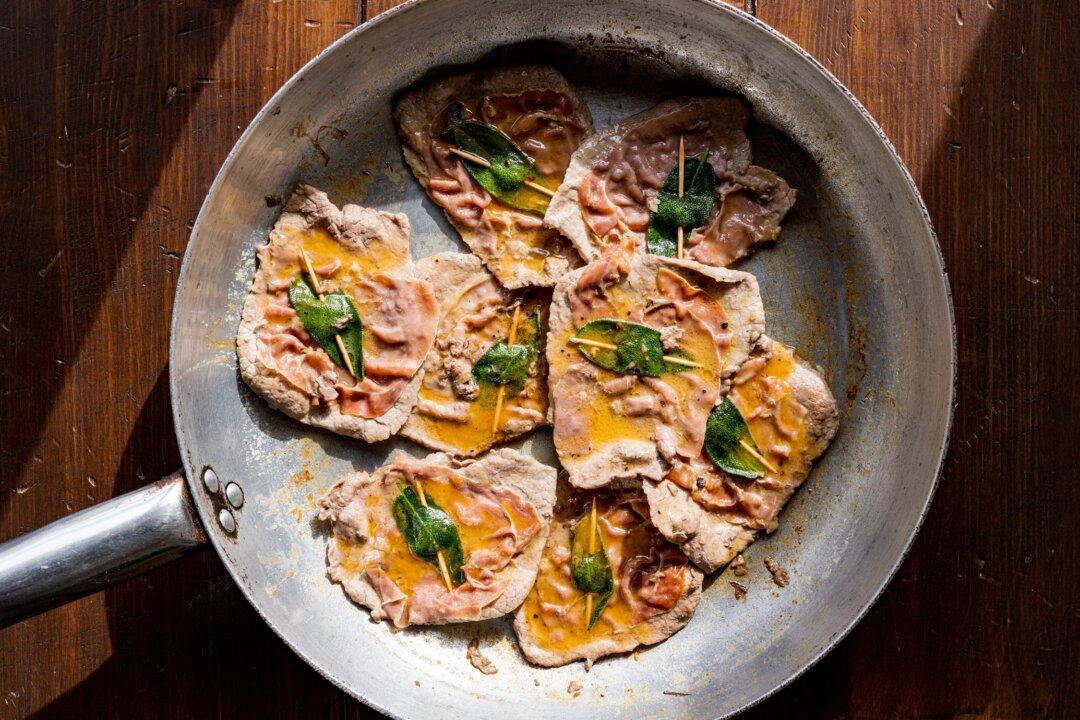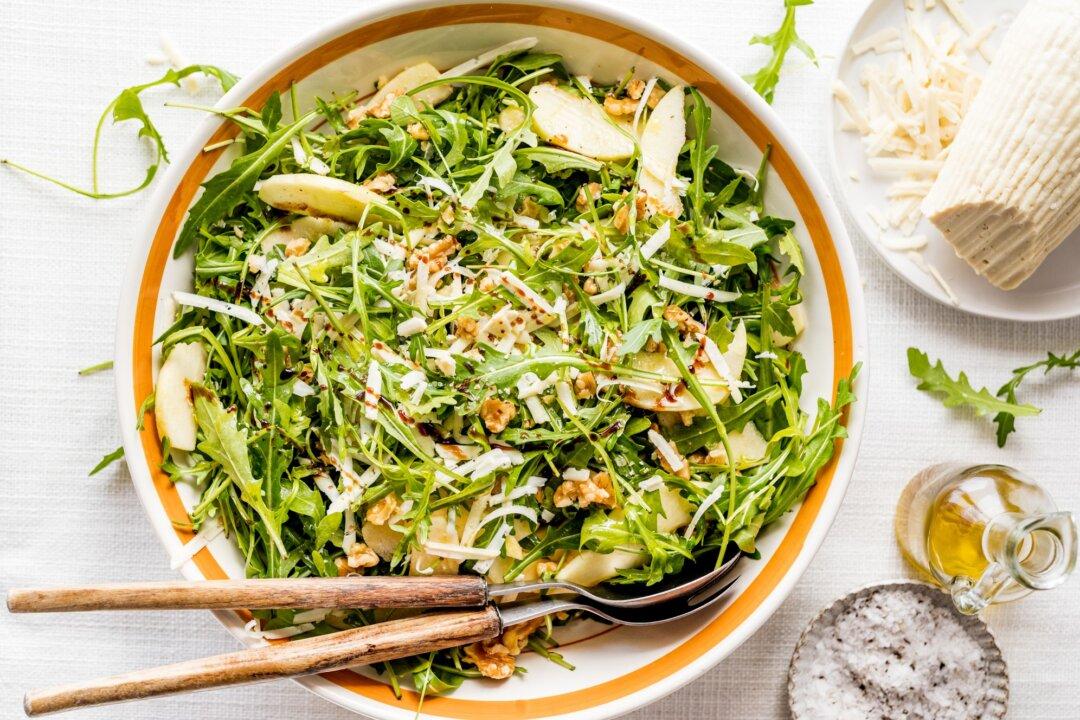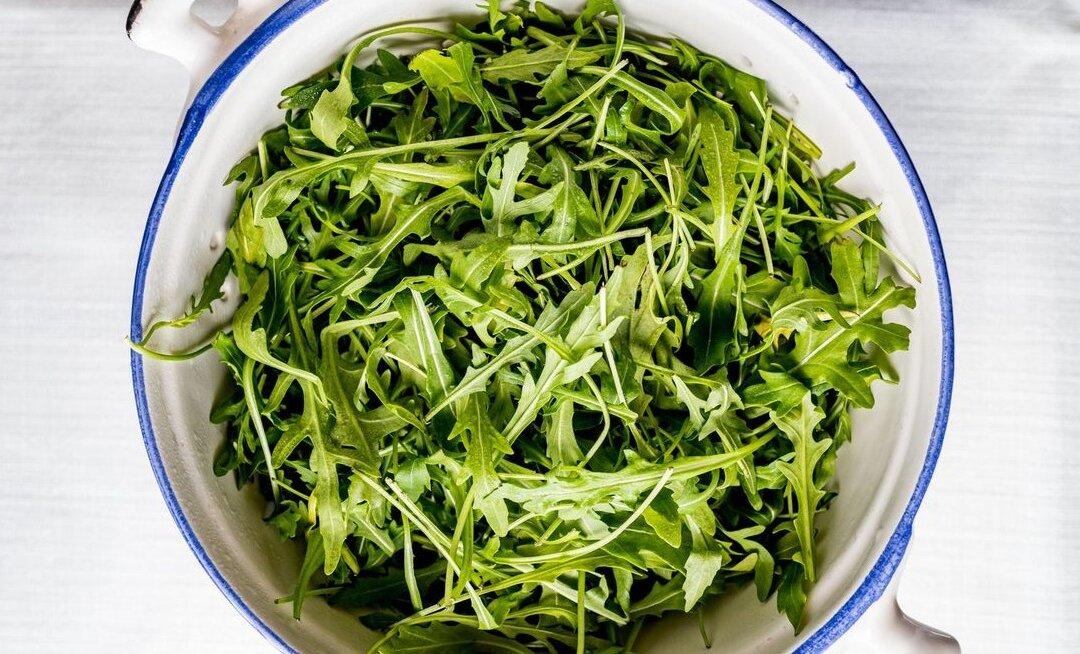The sweet dessert torta coi becchi, made with Swiss chard, was born in Lucca, Tuscany thanks to locals’ knowledge and expertise about the many herbs that grow spontaneously throughout the area. Chard is categorized as a sweet herb, along with nettle and borage, opposed to bitter herbs such as dandelion or chicory. It is a perfect example of the Italian art of making do with what you have, and what the season offers in abundance at a certain moment.
It might sound off-putting, but once you get past the green filling, which may immediately remind you of a savory preparation, you’ll be surprised with a delicately sweet, spiced dessert. The predominant flavors are those of pine nuts and raisins—typical of Italian desserts—candied citron or orange peel, and a waft of cinnamon and nutmeg. The chard, cooked down and mixed with milk-soaked breadcrumbs, creates a creamy texture and leaves just a faint, herbal note.

